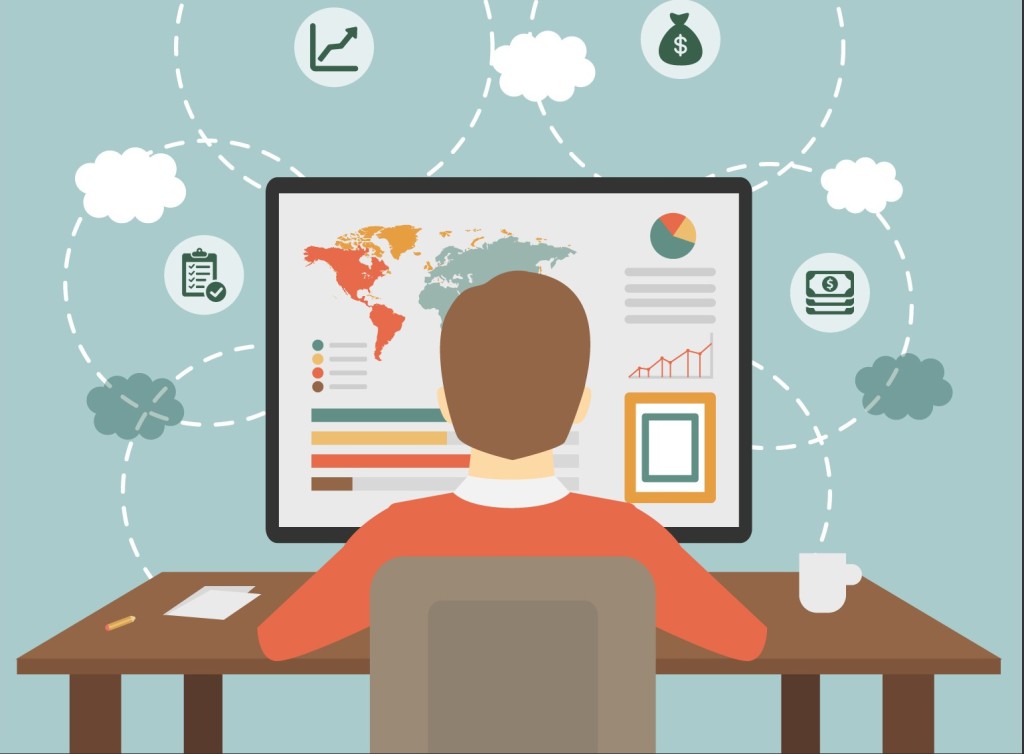 Maybe it’s the wall-to-wall media coverage of the Pokemon Go phenomenon this summer, but there’s once again chatter about the untapped potential for augmented reality and its close cousin, virtual reality (VR). While virtual reality has been primarily a gaming platform until now, a recent report from ABI Research suggests that virtual reality is now making its way into the enterprise.
Maybe it’s the wall-to-wall media coverage of the Pokemon Go phenomenon this summer, but there’s once again chatter about the untapped potential for augmented reality and its close cousin, virtual reality (VR). While virtual reality has been primarily a gaming platform until now, a recent report from ABI Research suggests that virtual reality is now making its way into the enterprise.
The pace of growth in the VR tech market is truly impressive. ABI Research projects that this market will grow by 88% between now and 2021. Moreover, purchases of VR headsets are expected to increase by 82% over the same period. HTC Vive, makers of a popular VR gaming headset, are coming out with the HTC Vive Business Edition. So, there’s definitely something happening there in the VR space, even if the final destination for the enterprise is not yet exactly clear.
So how exactly could you use VR as part of your B2B marketing mix?
One idea is to use VR as part of a simulation experience that would help potential prospects and customers experience your products and services in new ways. The same way these same customers might experience a virtual gaming world with their headsets, they’d now be able to explore an “imaginary world” that you set up for them. However, this “imaginary world” is really just a hypothetical business situation.
Another idea is to use VR as part of a radically immersive training program. This is the approach, for example, that the US Navy now plans to train their pilots and sailors – they are providing them with augmented reality-equipped helmets. Instead of training users of your products via software modules, classroom work, or online training videos, you’d help to train them to use your products and services via virtual reality. Instead of a one-dimensional whitepaper, you could give them a three-dimensional VR experience.
But let’s get really creative. How about setting up VR experiences for prospects at trade shows and exhibitions? Imagine going to a trade show in Las Vegas or Orlando and being able to experience a product in VR. The advantage of this approach is that users wouldn’t have to invest in their own VR headsets – you’d provide them at the event.
Or how about replacing mainstream webinars with VR webinars? Instead of calling in to a phone number and being led through a presentation on their computer screens, these users would be led through a presentation on their VR headsets. Coming up with the right type of experience – as well as the right amount of time for this experience – is up to the next highly creative B2B marketing team.
These are interesting times. There are a proliferating number of VR headsets for the consumer gaming space – everything from the HTV Vive and Oculus Rift to the Samsung Gear VR – and now it looks like those headsets are going to be adapted for the enterprise market. Google is coming out with new projects – including Google Daydream and Google Expeditions Public – that could be adapted for marketing purposes.
Just like social media and mobile have altered the B2B marketing space – it’s not out of the question that VR will also alter this space as well. Literally.
